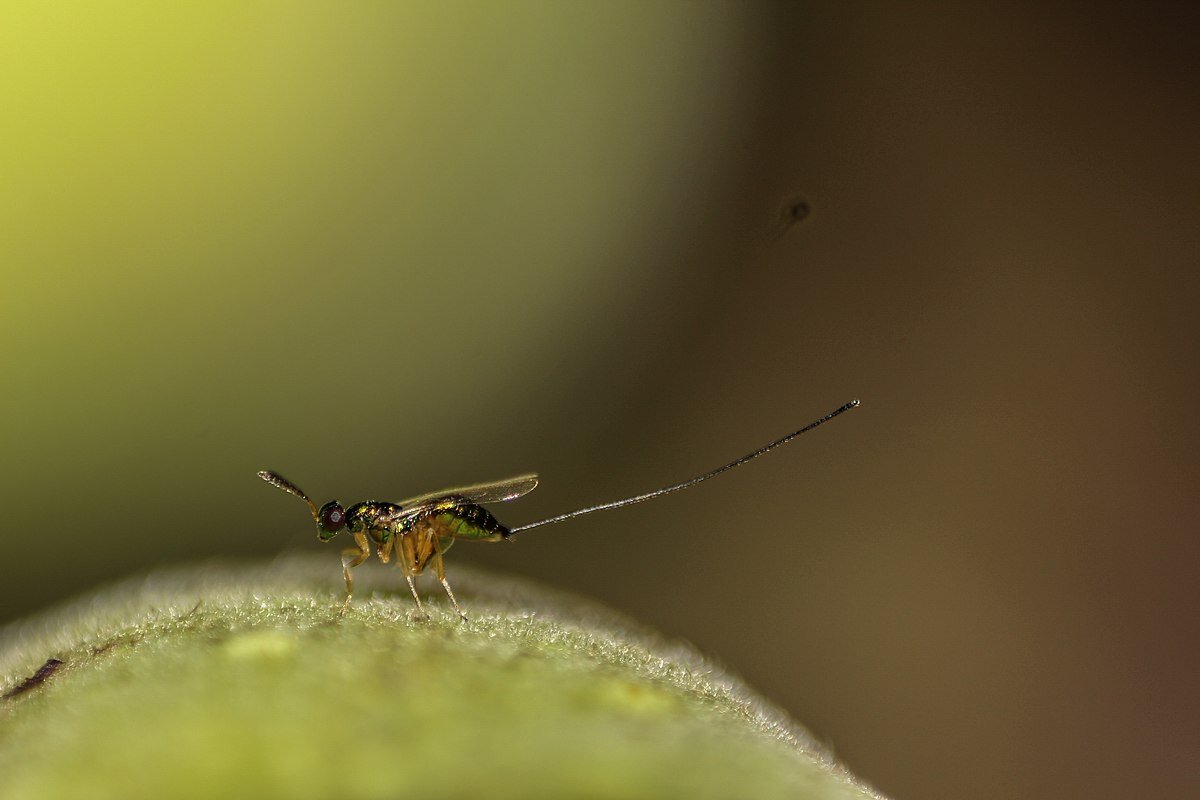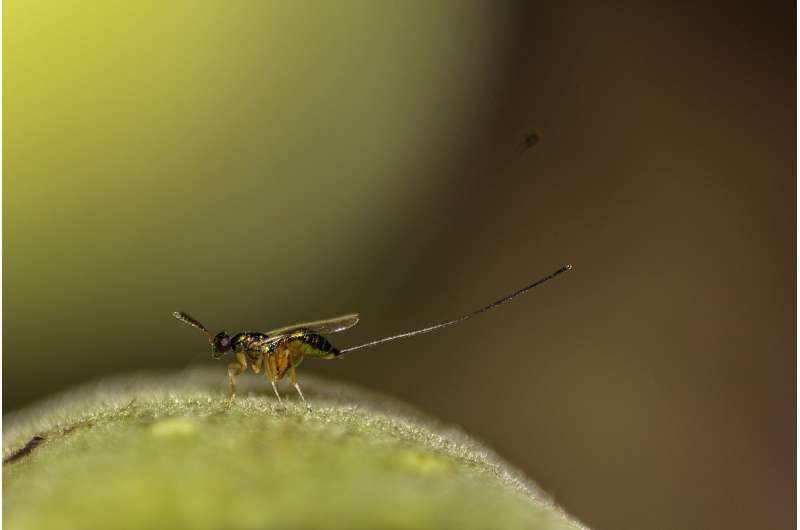

Species interactions, including trophic associations, play an important role in shaping ecological communities and their outcome and intensity can be influenced by changing abiotic conditions. However, it is often difficult to accommodate different types of species interactions and evaluate the response of those interactions to climate change due to the inherent complexity of species interaction networks.
In a study published in Journal of Animal Ecology, researchers from the Xishuangbanna Tropical Botanical Garden (XTBG) of the Chinese Academy of Sciences tried to explore how climate affects the multitrophic biotic interactions as well as the community structure by using a multitrophic fig wasp community.
Using a combination of community monitoring and a joint species modeling framework, the researchers evaluated the effect of climate on both competing and antagonistic interactions as well as species composition in the fig wasp community associated with a monoecious fig species Ficus racemosa.
They first characterized the multitrophic community of fig wasps associated with Ficus racemosa and then applied hierarchical joint species distribution models, fitted to community monitoring data. And they further evaluated the effect of climate on individual species trends as well as interspecific interactions.
They found that seasonal temperature shifts dramatically affected the abundance of the pollinator wasps, leading to a shift in the competitive balance to favor originally non-dominant non-dominant small gall makers.
In addition, the parasitoids are influenced by the availability of their hosts, but not sensitive to the temperature variation. A shift in community structure that reflects that of temperature was also documented.
“Our findings highlight the predominant role of temperature in affecting the fig wasp community structure by changing the strength of competitive interactions,” said Peng Yanqiong of XTBG.
Pollinator host-switches and fig hybridization dominate fig-wasp coevolution
Khin Me Me Aung et al, Changes in temperature alter competitive interactions and overall structure of fig wasp communities, Journal of Animal Ecology (2022). DOI: 10.1111/1365-2656.13701
Chinese Academy of Sciences
Citation:
Temperature affects fig wasp community structure by changing strength of competitive interactions (2022, May 9)
retrieved 9 May 2022
from https://phys.org/news/2022-05-temperature-affects-fig-wasp-strength.html
This document is subject to copyright. Apart from any fair dealing for the purpose of private study or research, no
part may be reproduced without the written permission. The content is provided for information purposes only.

